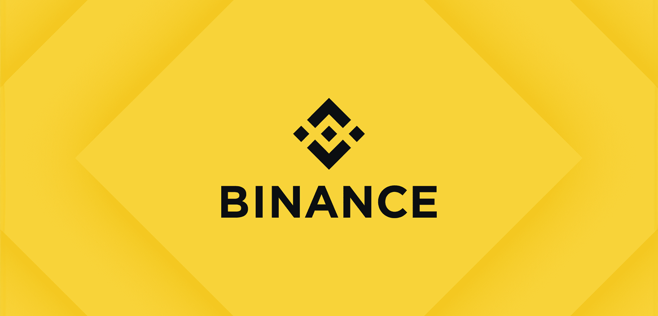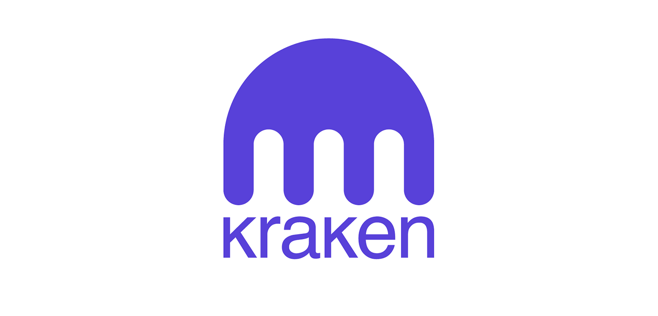Published 24 May 2024
Ratex.ai/
- Blog/
- Exchanges/
- The Importance of Liquidity in Crypto Exchanges: Understanding Market Depth and Slippage
The Importance of Liquidity in Crypto Exchanges: Understanding Market Depth and Slippage

Liquidity is a vital concept in the realm of cryptocurrency trading, as it greatly influences the trading experience and profitability for both traders and investors. In essence, liquidity refers to the ease with which assets can be bought or sold in the market without causing substantial price changes. High liquidity in crypto exchanges ensures smooth trading, tighter spreads, and better price execution, while low liquidity can lead to difficulties in executing trades and increased price volatility.
In this article, we will delve into the importance of liquidity in crypto exchanges and explore two main aspects that are closely related to it: market depth and slippage. Understanding these concepts can help traders and investors make more informed decisions, navigate the crypto market more effectively, and ultimately maximize their profits.

Liquidity and Its Role in Crypto Exchanges
Liquidity, in the context of crypto trading, refers to the ability of a digital asset to be quickly bought or sold at a specific price without significantly impacting the market price. A highly liquid market allows traders and investors to enter and exit positions with minimal effort, while a market with low liquidity can lead to price manipulation, wider bid-ask spreads, and difficulty in executing trades.
Several factors influence liquidity on crypto exchanges, including:
- Trading volume
The total amount of a digital asset traded during a specific period is a crucial indicator of its liquidity. Higher trading volumes typically result in increased liquidity, as they reflect a more active market with more buyers and sellers.
- Number of active users
The number of active users on a crypto exchange can also impact liquidity. A larger user base generally means more potential buyers and sellers, which can contribute to a more liquid market.
- Market conditions
The overall state of the crypto market can affect the liquidity of individual digital assets. For instance, during bullish market conditions, liquidity tends to be higher as more people are actively trading and investing in cryptocurrencies.
Understanding the role of liquidity in crypto exchanges and the factors that influence it is essential for traders and investors looking to navigate the crypto market successfully.

Market Depth: A Key Indicator of Liquidity
Market depth is a measure of the liquidity of a digital asset by assessing the quantity of buy and sell orders at various price levels. It provides a visual representation of the supply and demand for a particular asset, helping traders and investors to gauge the market's ability to absorb large orders without significant price fluctuations.
To analyze market depth, traders and investors can use order books and depth charts, which are tools provided by most crypto exchanges.
- Order books
An order book is a real-time list of all buy and sell orders for a specific digital asset, organized by price level. The buy orders, or bids, are displayed on the left side, while the sell orders, or asks, are shown on the right. Traders and investors can use order books to identify the current market sentiment, potential price trends, and the liquidity of an asset.
- Depth charts
A depth chart is a graphical representation of the order book, displaying the volume of buy and sell orders at different price levels. The x-axis represents the price, while the y-axis represents the volume or the number of orders. Depth charts provide a quick and intuitive way to assess market depth and liquidity, as well as to identify potential support and resistance levels.
High market depth indicates that there is a substantial number of buy and sell orders at various price levels, which can lead to increased liquidity and tighter bid-ask spreads. In contrast, low market depth suggests that there are fewer orders at different price levels, which can result in decreased liquidity, wider spreads, and a higher likelihood of price manipulation.
Understanding market depth and its relationship with liquidity is crucial for traders and investors, as it can help them make more informed decisions, minimize slippage, and navigate the crypto market more effectively.

Slippage: The Hidden Cost of Trading
Slippage is the difference between the expected price of a trade and the actual price at which the trade is executed. It can occur in both buy and sell orders and is often considered a hidden cost of trading, as it can negatively impact a trader's profits and overall trading strategy.
Several factors can contribute to slippage in the context of crypto trading:
- Market volatility
Highly volatile markets can experience rapid price changes, making it difficult for traders to execute orders at their desired price. This can lead to increased slippage, as the actual execution price may be significantly different from the expected price.
- Order size
Larger orders can have a more substantial impact on the market, as they may require more time and liquidity to be filled. This can result in slippage, as the price of the asset may change during the execution process.
- Liquidity
In markets with low liquidity, there may be insufficient buy or sell orders at the desired price level, causing the trade to be executed at a less favorable price. This can result in slippage, particularly in markets with low market depth.
To minimize slippage in crypto trading, traders and investors can consider the following tips:
- Use limit orders
Limit orders allow traders to specify a maximum or minimum price at which they are willing to buy or sell an asset. This can help prevent slippage, as the trade will only be executed if the market price reaches the specified level.
- Trade during high-liquidity periods
Trading during periods of high market activity and liquidity can help reduce slippage, as there is a greater likelihood of executing orders at the desired price.
- Break up large orders
Dividing large orders into smaller, more manageable ones can help minimize their impact on the market and reduce the chances of slippage.
Understanding slippage and its potential impact on trading profits and strategies is essential for traders and investors looking to navigate the crypto market successfully.

Case Studies: Liquidity on Popular Crypto Exchanges
To better illustrate the concepts of liquidity, market depth, and slippage, let's examine the liquidity situation on some popular crypto exchanges, such as Binance, Coinbase, and Kraken.

Binance
As one of the largest and most widely-used crypto exchanges, Binance boasts high liquidity across a wide range of digital assets. This is due, in part, to its significant trading volume and large user base. Binance's order books and depth charts typically display a substantial number of buy and sell orders at various price levels, indicating high market depth. To maintain and improve liquidity, Binance employs strategies such as offering a variety of trading pairs, providing incentives for market makers, and listing new, high-quality assets.

Coinbase
Coinbase is another well-known and highly-regarded crypto exchange, with a strong focus on user experience and regulatory compliance. While its trading volume and user base may not be as large as Binance's, Coinbase still maintains a relatively high level of liquidity for its listed assets. Coinbase's order books and depth charts show a healthy number of buy and sell orders, ensuring that traders and investors can execute their orders at favorable prices. To enhance liquidity, Coinbase offers features such as instant fiat-to-crypto conversions, attractive fee structures, and a robust mobile app.

Kraken
Kraken is a popular crypto exchange known for its advanced trading features, strong security, and diverse asset offerings. The exchange's liquidity is generally quite high, thanks to its significant trading volume and active user base. Kraken's order books and depth charts provide a clear picture of the market's supply and demand, allowing traders and investors to make well-informed decisions. To maintain and improve liquidity, Kraken offers margin and futures trading, a dark pool for large-volume trades, and a comprehensive API for algorithmic trading.
By analyzing and comparing the market depth and slippage on these popular crypto exchanges, traders and investors can gain valuable insights into the importance of liquidity and its impact on their trading experience and profitability.

Conclusion
Liquidity is a vital aspect of a healthy and efficient market, as it enables traders and investors to buy and sell assets with minimal effort and price impact. Market depth is a key indicator of liquidity, providing valuable insights into the supply and demand dynamics of a particular asset. Slippage, on the other hand, is a hidden cost of trading that can negatively impact profits and strategies, especially in markets with low liquidity.
To stay informed about the latest developments in crypto trading and engage in discussions about liquidity and its related aspects, we encourage users to seek out reputable sources of information, join online communities, and attend industry events.
Read More




 Get RateX Pro
Get RateX Pro
 25 Apr 2024
25 Apr 2024
